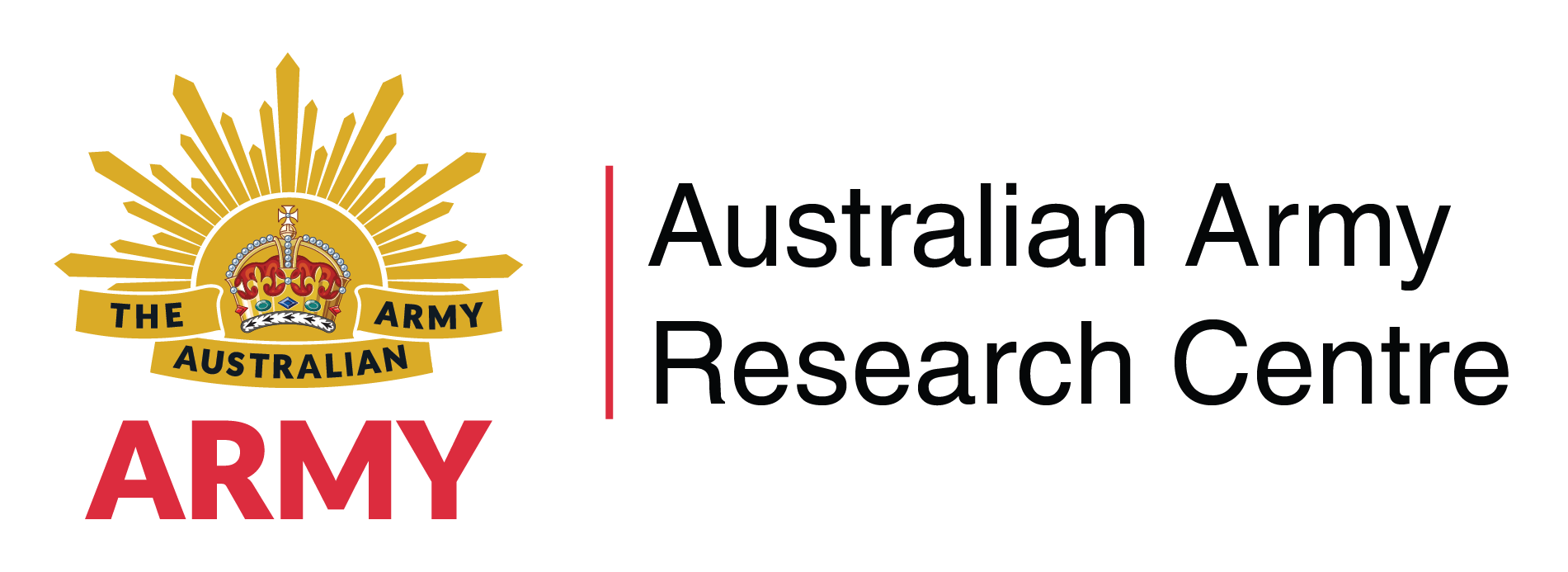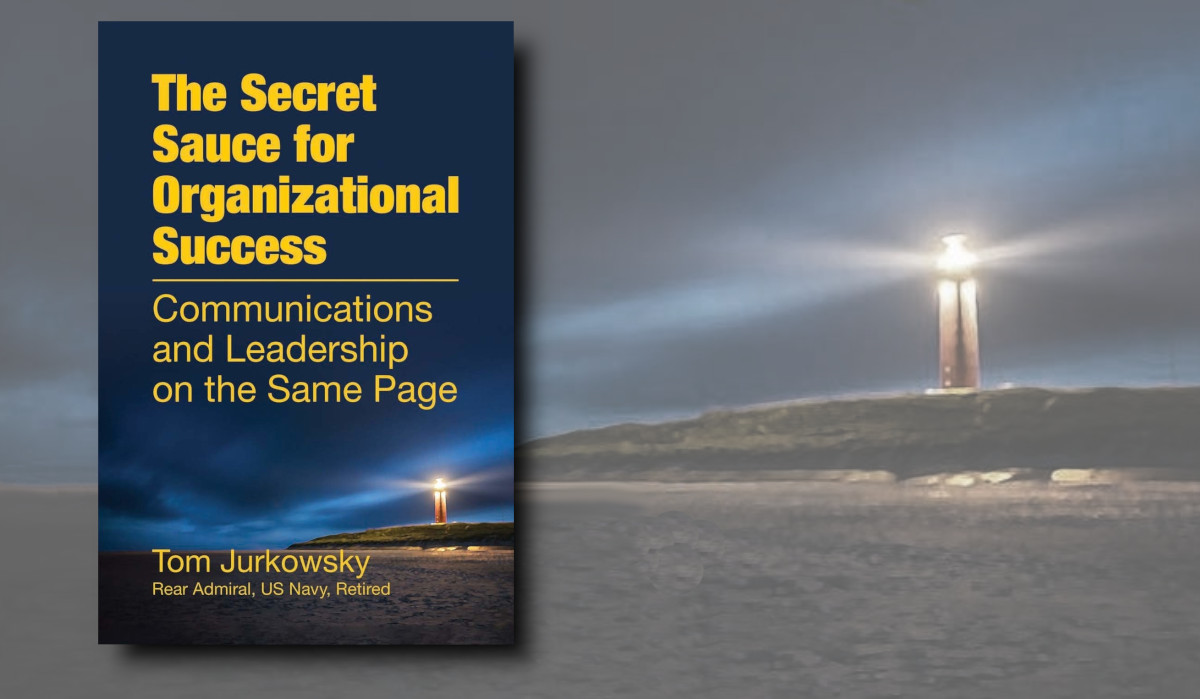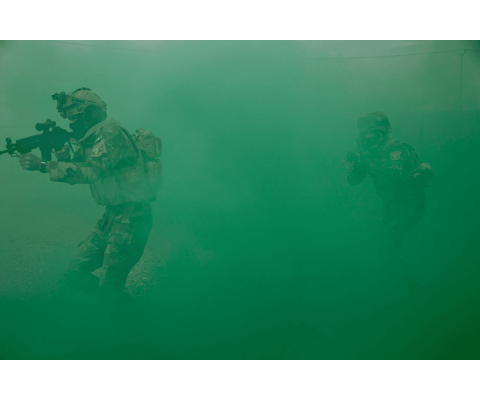
Occasional Paper 32: Operation OKRA Operational Analysis
This paper analyses Australia’s Operation OKRA, assessing ADF efforts against ISIS (2014~2024). It critiques proxy warfare, AirPower, and counter-network strategies, highlighting policy gaps and suggests reforms to better address future proxy conflicts.
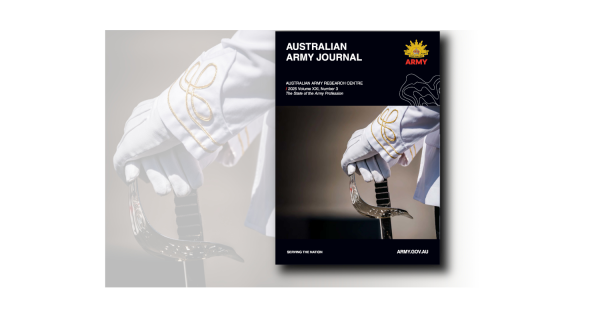
Australian Army Journal Volume 21 Number 3
This edition brings together a diverse and thoughtful collection of contributions—from across the services, academia and the public sector—that explore these pillars and the broader theme of the Army in society. From historical analyses of mission command to contemporary reflections on planning, innovation, expertise and ethics, these articles challenge us to think about our profession and its future.
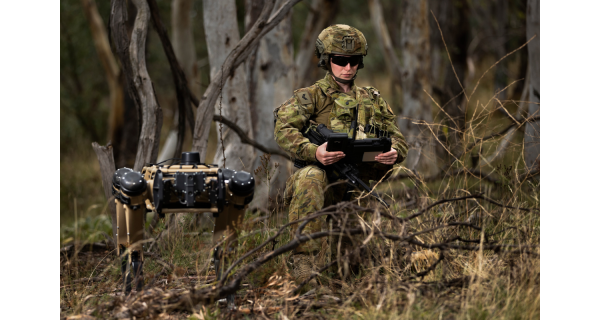
Army Research Scheme 2025
The Army Research Scheme for 2025 is now open.
Independent researchers and research organisations are invited to register to be part of the Army Research Network that will group researchers/organisations in their speciality under the broad scope of Army’s interests being The State of Australian Army Profession, Littoral Manoeuvre, Defence of Australia, RAS and AI Governance, The National Air Power Enterprise, and Civil-Military-Police integration.

Chief of Army Professional Study Guide 2025
The Australian Army Research Centre (AARC) has been directed to publish the Chief of Army Professional Study Guide in accordance with the Army PME Plan.
This guide distils and presents, through recognisable themes (command, leadership, the realities of war, intelligence, logistics and strategy, among others) the foundations of the Army profession via a proven route through our professional body of knowledge.
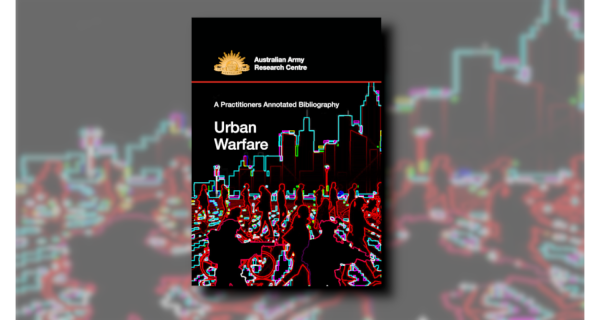
Urban Warfare: A Practitioner’s Annotated Bibliography
'Urban Warfare – A Practitioners Annotated Bibliography’ provides access to a wealth of resources about urban warfare to military practitioners. In it, the AARC has collated over 500 papers, articles and reports on the topic of urban warfare. Each resource listed in the bibliography is directly or indirectly, accessible online, including many examples that would not otherwise be readily located using online search engines.
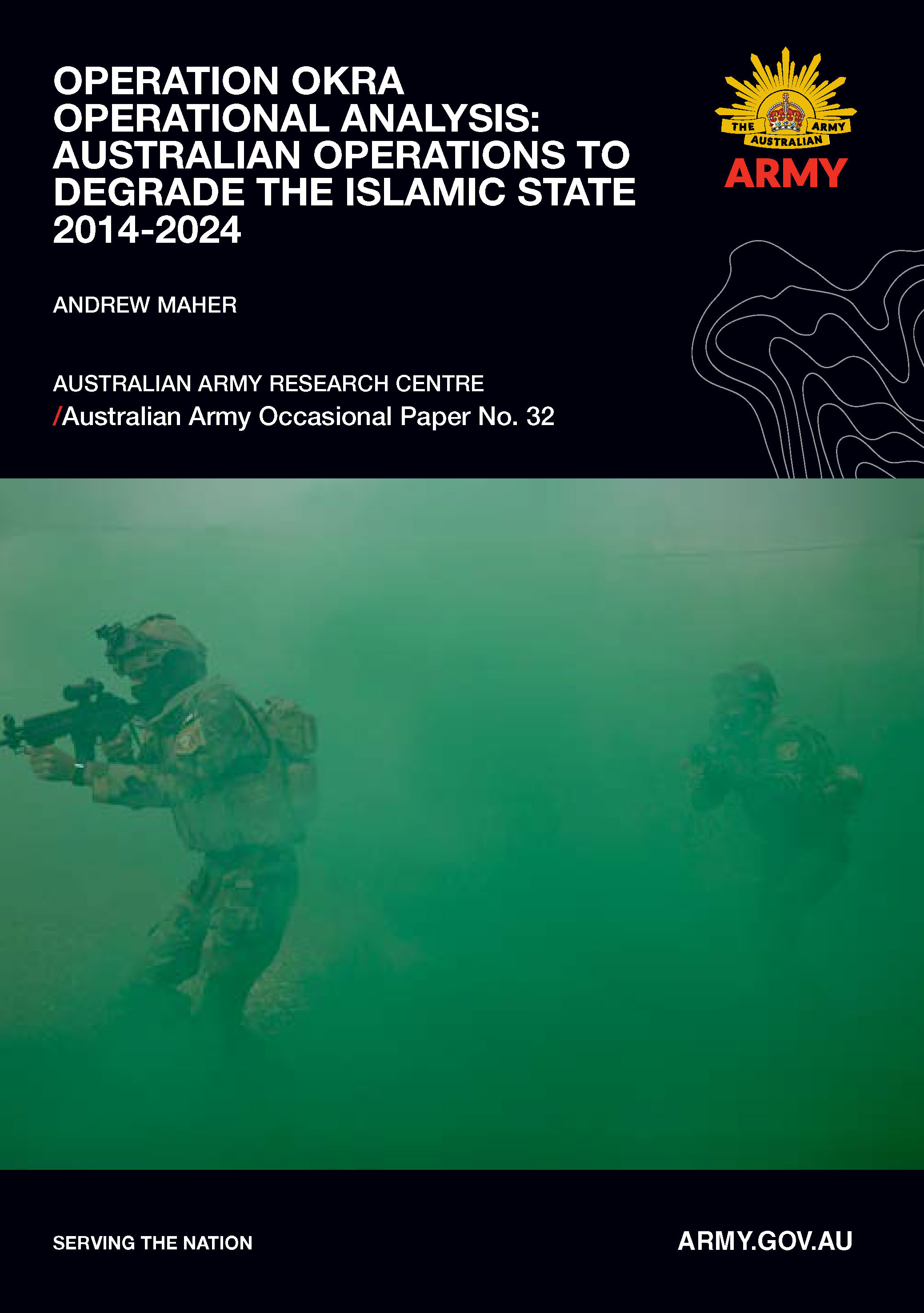
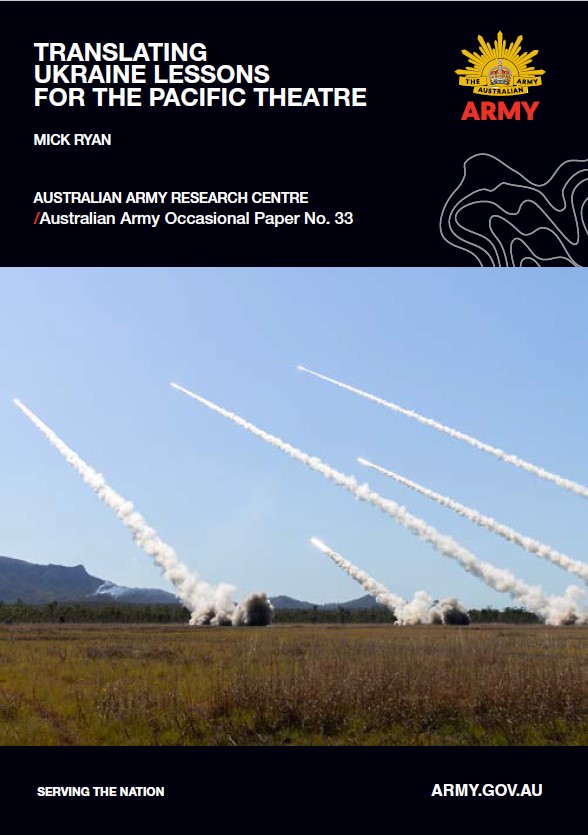
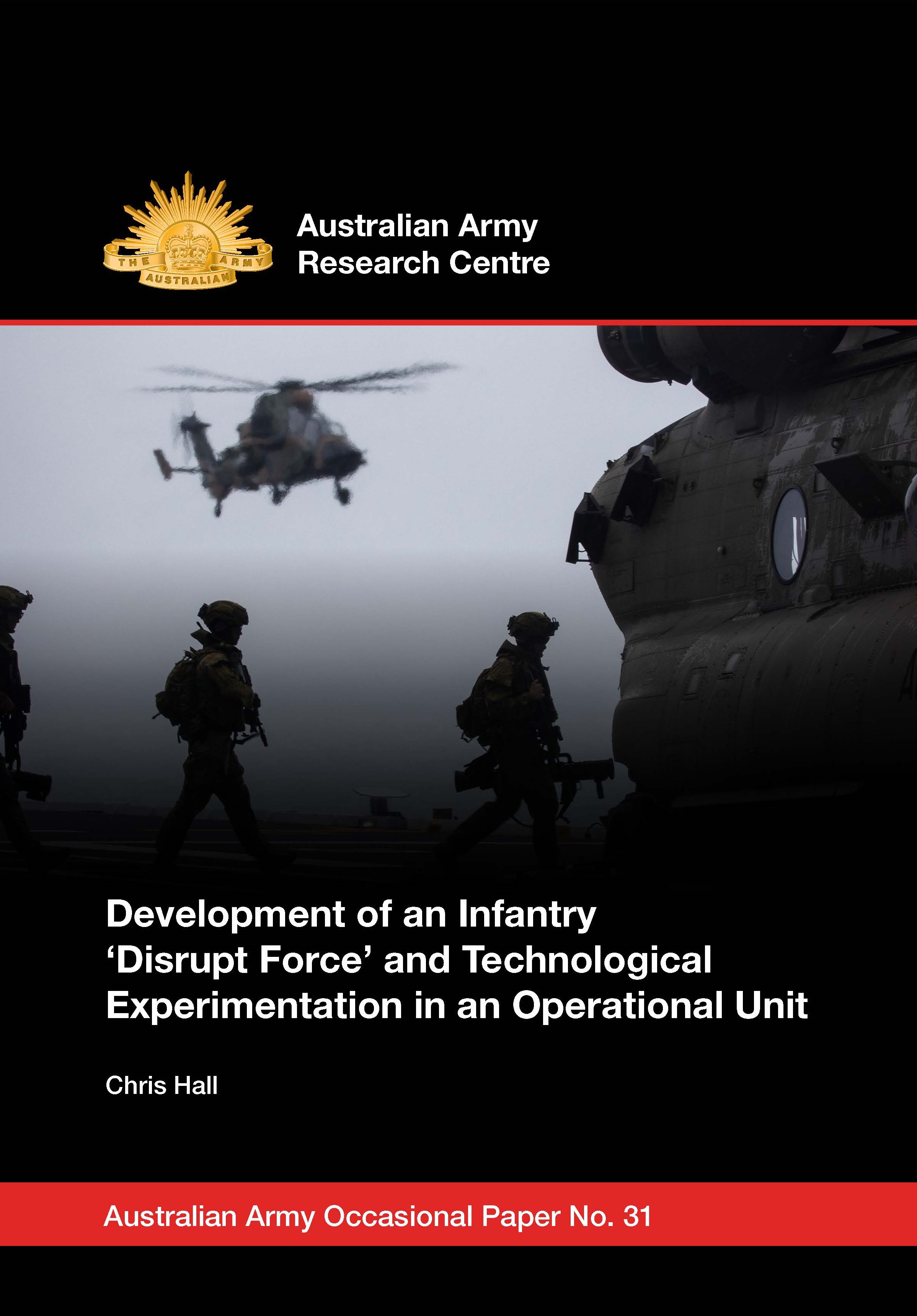
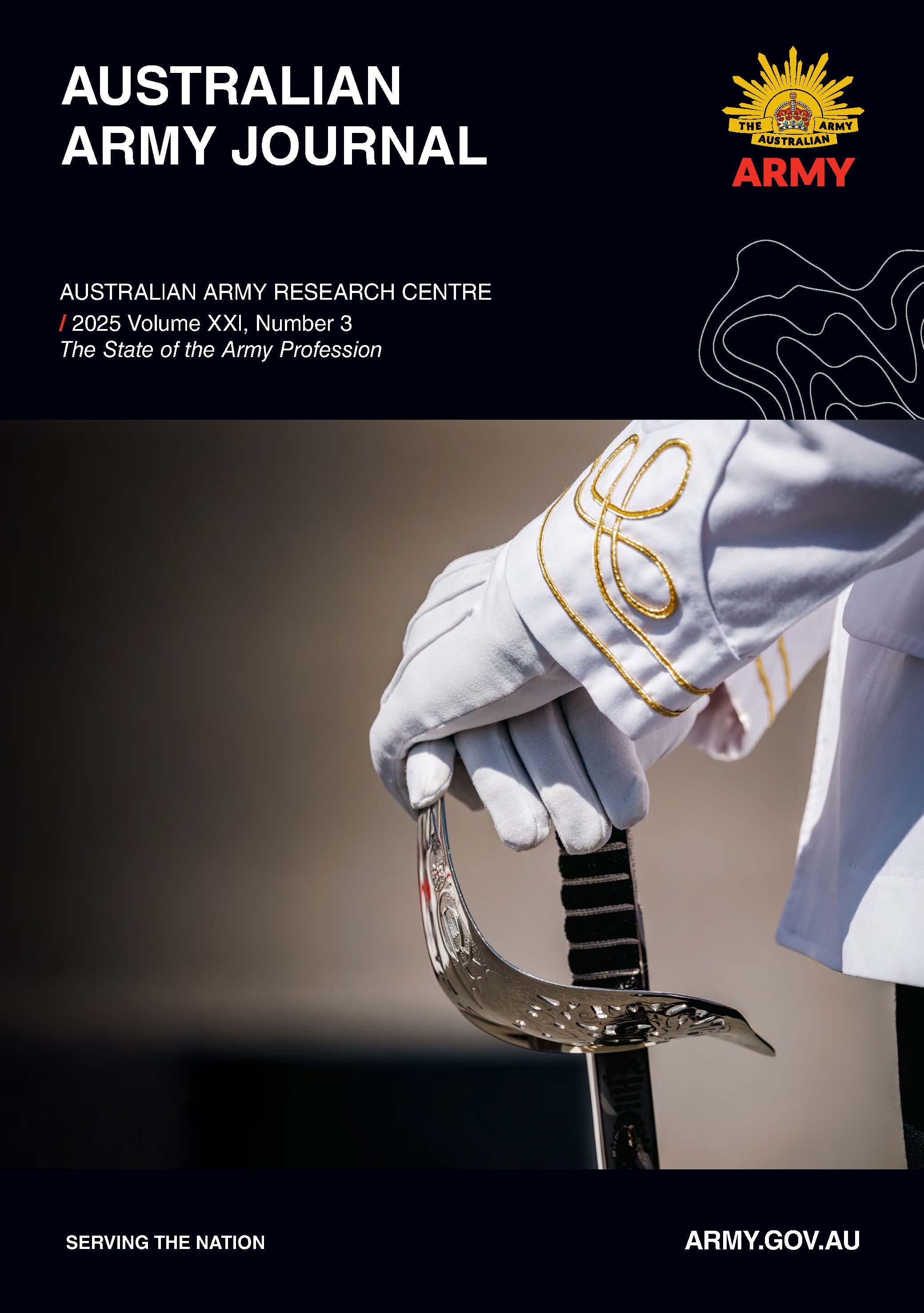
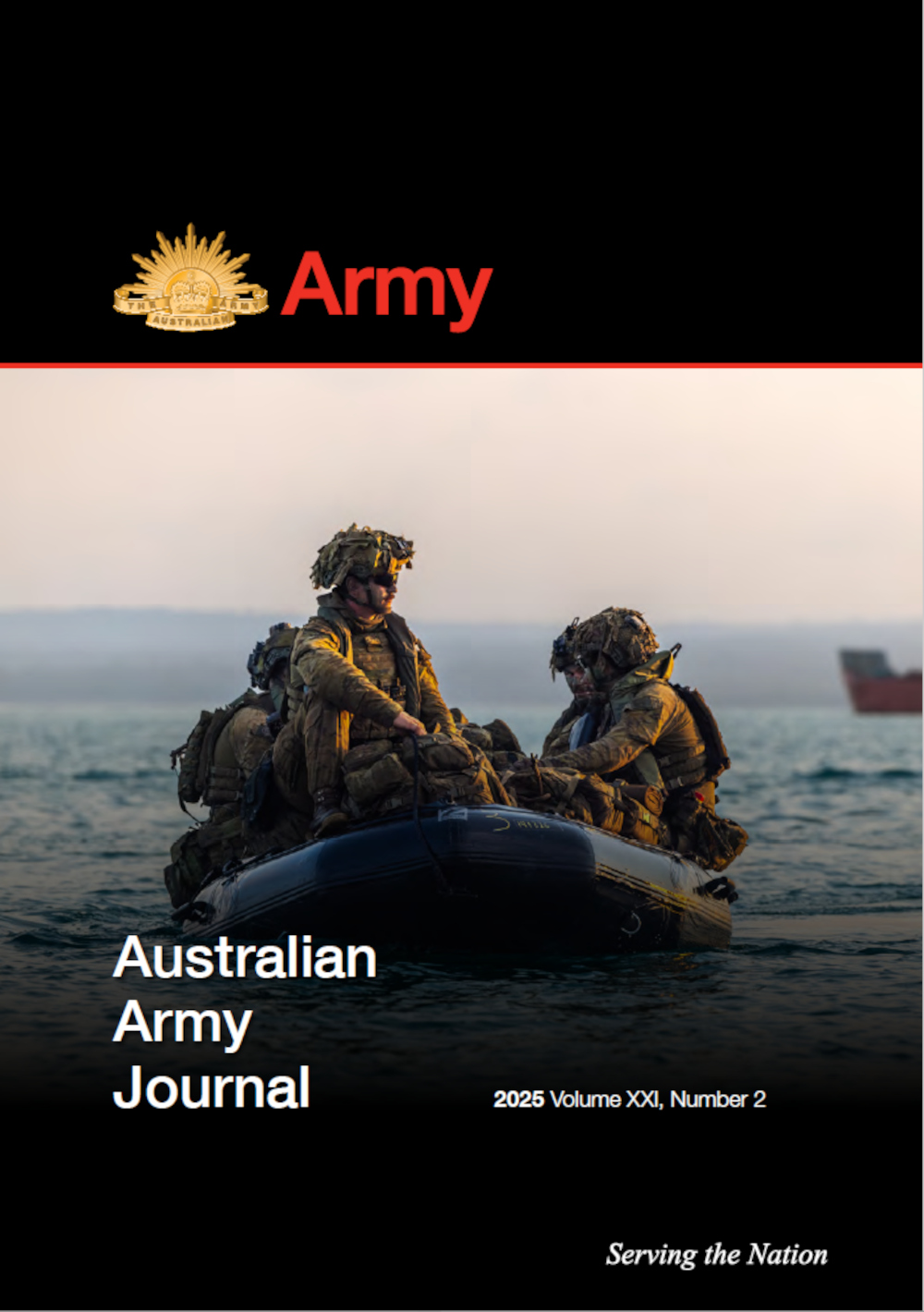
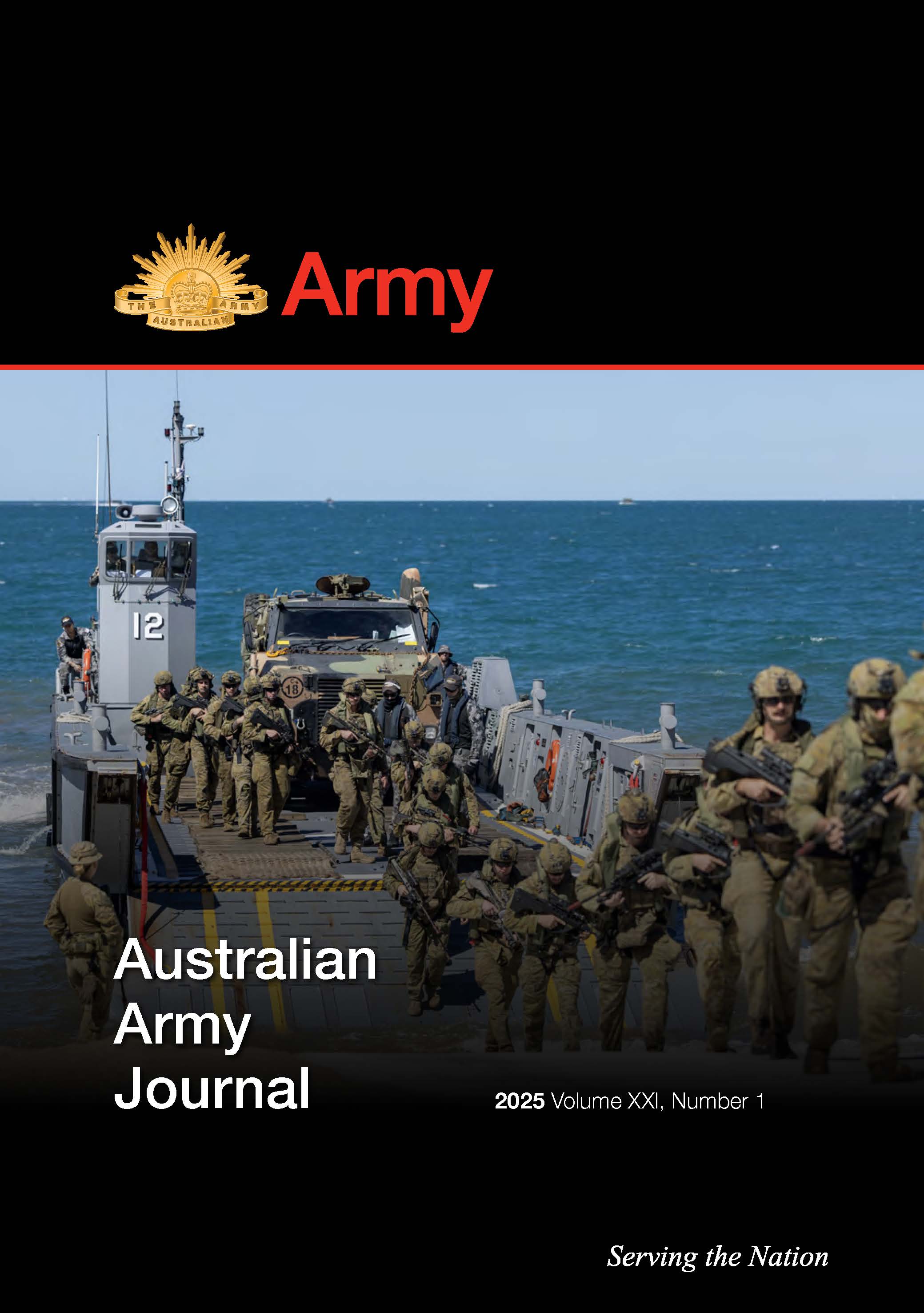
Robotic and Autonomous Systems Implementation & Coordination Office (RICO)

RICO explores, coordinates, and develops disruptive technology that equips Army to be Future Ready.
